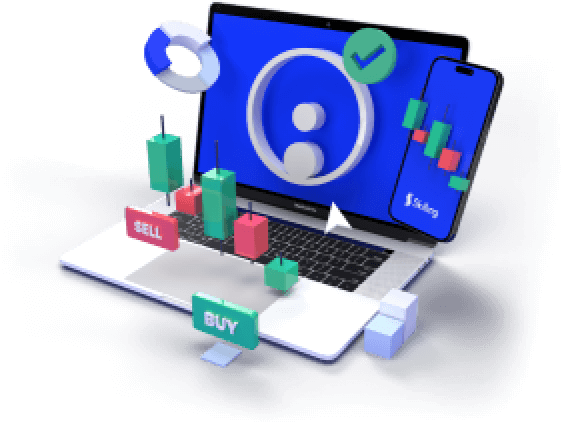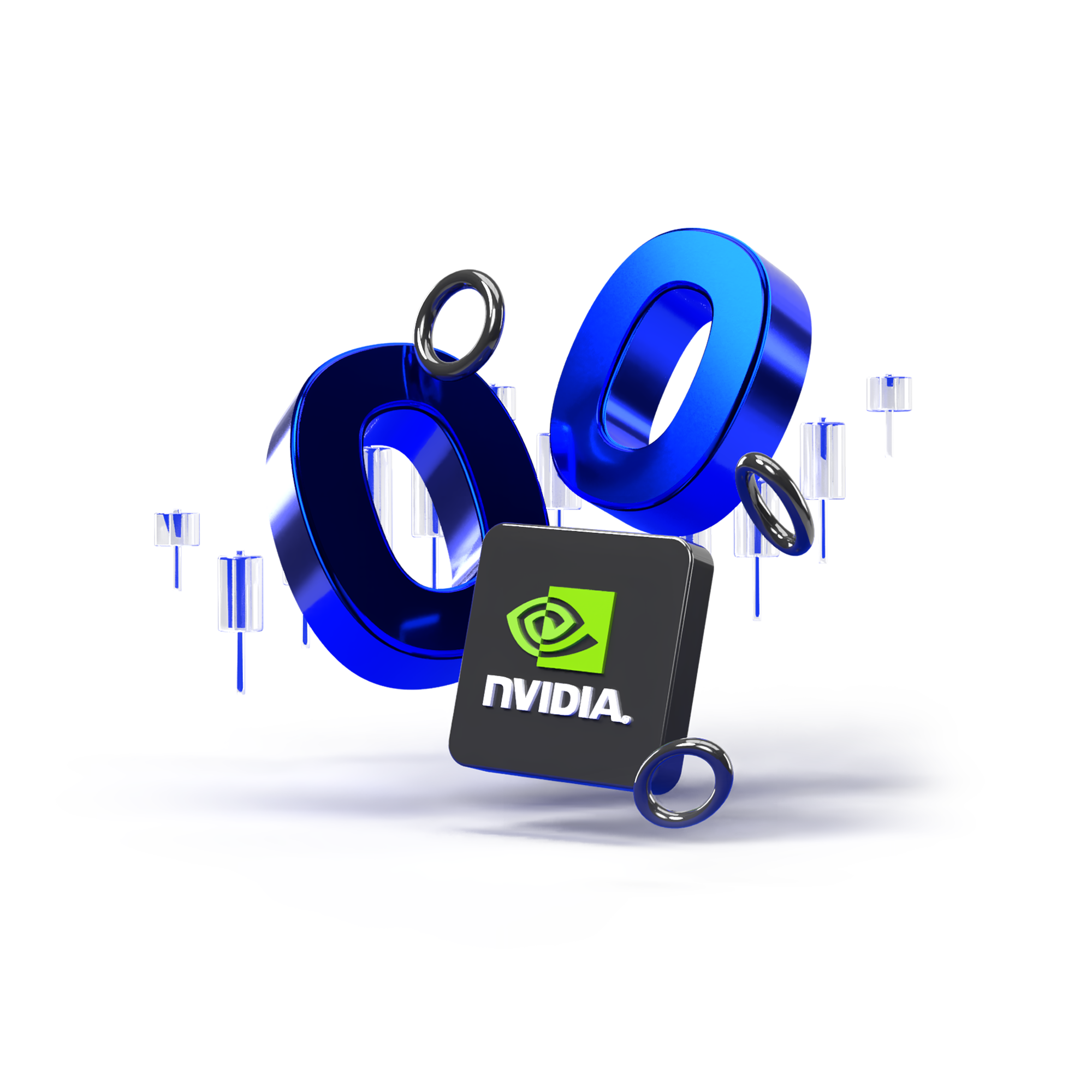
Wondering what is a balance sheet? Most companies use a balance sheet to show their financial health. A balance sheet is a financial statement that lists what a company owns (its assets), what it owes, its liabilities, and the amount invested by shareholders equity at a specific point in time. This document helps investors and managers understand the company’s financial position. Keep reading to learn why it's important and an example.

How balance sheets work & example
A balance sheet works by listing a company’s assets, liabilities, and equity at a specific point in time. Think of it like a snapshot that shows what the company owns and owes. Here’s how it works:
- Assets: These are things the company owns that have value. They can be current assets like cash, inventory, and accounts receivable (money owed by customers), or fixed assets like buildings, machinery, and patents.
- Liabilities: These are amounts the company owes to others. They can be current liabilities like accounts payable (money the company owes to suppliers) and short-term loans, or long-term liabilities like mortgages and bonds payable.
- Equity: This is the value that remains after subtracting liabilities from assets. It represents the owners' share of the company and includes common stock, retained earnings and additional paid-in capital.
Example:
Imagine a small bakery, Sweet Treats, that creates a balance sheet for the end of the year. Here’s a simplified version:
Assets:
- Cash: $10,000
- Inventory (flour, sugar, etc.): $5,000
- Equipment (ovens, mixers): $15,000
- Total Assets: $30,000
Liabilities:
- Accounts Payable (money owed to suppliers): $3,000
- Bank Loan: $7,000
- Total Liabilities: $10,000
Equity:
- Owner’s Equity: $20,000 (Total Assets $30,000 - Total Liabilities $10,000)
Sweet Treats’ balance sheet shows it has $30,000 in assets, $10,000 in liabilities, and $20,000 in equity. This snapshot helps the bakery’s owners and investors understand its financial health.
What better way to welcome you than with a bonus?
Start trading with a $30 bonus on your first deposit.
Terms and Conditions apply

Components of a balance sheet
1. Assets
- Current assets: Assets that can be converted into cash within a year. Examples include: Cash, Accounts Receivable (money owed by customers), Inventory (goods available for sale), and Prepaid Expenses (payments made in advance for services).
- Fixed assets: Assets that will be used or provide value for more than a year. Examples include: Property and Equipment (buildings, machinery, vehicles), Intangible Assets (patents, trademarks), and Investments (stocks, bonds held for long-term purposes).
2. Liabilities
- Current liabilities: Debts or obligations that need to be paid within a year. Examples include: Accounts Payable (money owed to suppliers), Short-term Loans (loans due within a year), Accrued Expenses (expenses that have been incurred but not yet paid, like salaries).
- Long-term liabilities: Debts or obligations that are due in more than a year. Examples include: Long-term Debt (mortgages, bonds payable) and deferred Tax Liabilities (taxes owed in the future).
3. Equity
- Common stock: The value of shares issued to shareholders.
- Retained earnings: The accumulated profits that have been reinvested in the business rather than paid out as dividends.
- Additional paid-in capital: The excess amount paid by investors over the par value of the shares.
Importance of a balance sheet
As you've seen, a balance sheet provides a snapshot of a company’s financial health. It shows what the company owns (assets), what it owes (liabilities), and the shareholders’ equity. This information helps investors and managers make informed decisions. Investors can assess the company’s financial stability and potential for growth, while managers can use it to plan and control operations. Lenders also use balance sheets to determine if a company is a good credit risk. Overall, a balance sheet is crucial for evaluating a company’s financial position and making strategic business decisions.
Experience Skilling's award-winning platform
Try out any of Skilling’s trading platforms on the device of your choice across web, android or iOS.

Why a balance sheet is important to traders
A balance sheet is important to traders because it provides crucial insights into a company’s financial health. It shows the assets, liabilities, and equity, helping traders evaluate a company’s stability and potential for growth. For example, if a company has more assets than liabilities, it may be a good investment opportunity.With this information, traders can make better decisions about buying or selling stocks and other assets.
To explore these opportunities, open a free Skilling account, with an award-winning CFD broker. Skilling gives you access to trade global assets like stocks, Forex, cryptocurrencies, commodities, and indices including insights into the Bitcoin price, Ethereum value, cocoa price, coffee price and more. Past performance is not indicative of future results. Trading global assets involves significant risk and may not be suitable for all investors.











